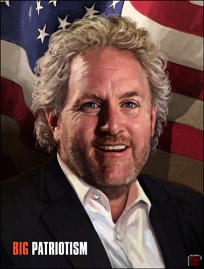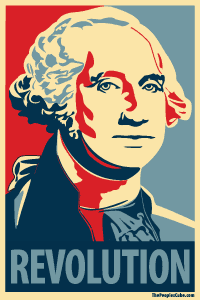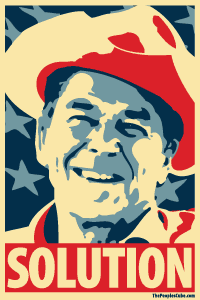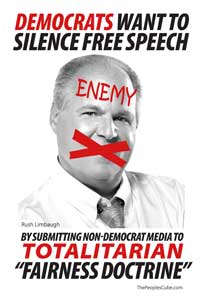
Note: This infographic is from last year and is missing some key transactions. GE does not own NBC (or Comcast or any media) anymore. So that 6th company is now Comcast. And Time Warner doesn’t own AOL, so Huffington Post isn’t affiliated with them
Hat Tip: Business Insider
Infographic Source: Frugal Dad







 Mississippi River. Global temperatures were also many times greater than they are today, so much so, that Antarctica despite already shifting to Earth’s southern pole,
Mississippi River. Global temperatures were also many times greater than they are today, so much so, that Antarctica despite already shifting to Earth’s southern pole, 








